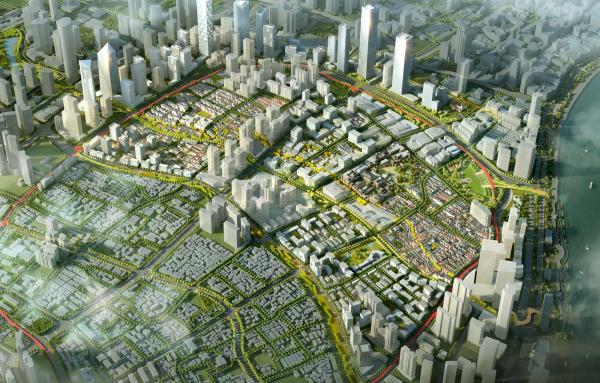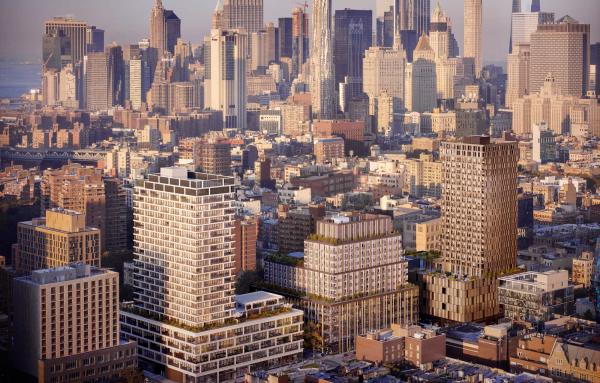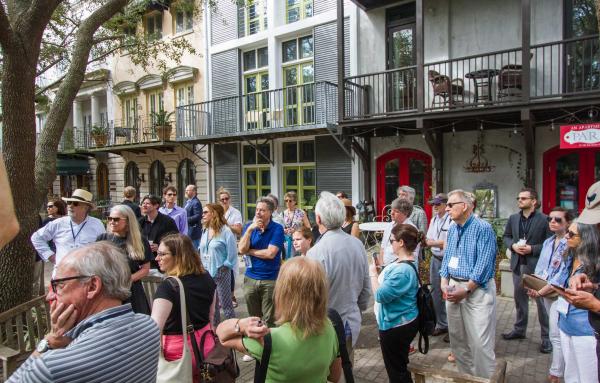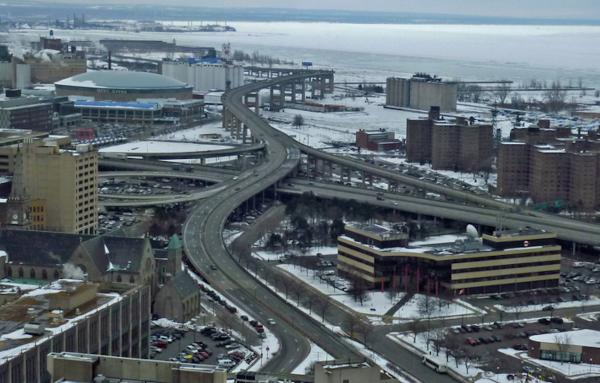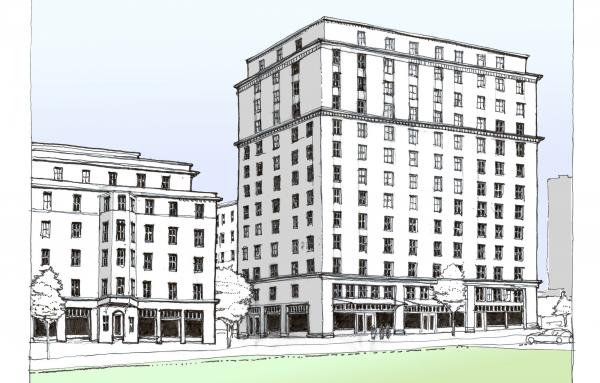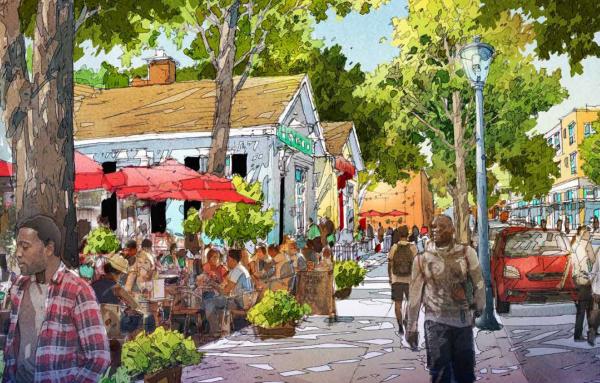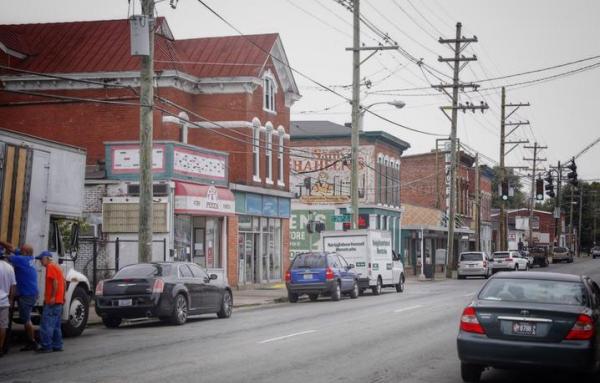Design
A master plan for Shanghai's oldest district prioritizes preservation while allowing for strategic development.
A high-rise development, home to the Essex Street Market, is now providing homes to people who were displaced a half century ago.
Urbanism and preservation of a historic landscape and medical buildings add up to a unique redevelopment underway in Washington DC.
Building types are most helpful when trying to achieve a fine-grained mix of house-scale buildings of varied density and type in a walkable neighborhood. This is part one of a series.
A large-scale development raises the bar for new design in Charleston, while re-connecting neighborhoods and anchoring a 1.6-mile-long linear park.
12 Ways that Seaside revolutionized how we think about cities and towns.
CNU President and CEO Lynn Richards was selected to join a panel to judge a design competition for transforming Buffalo’s Skyway, a segment of freeway that soars over the waterfront. New York Gov. Andrew Cuomo recently announced the competition to...
Amsterdam architect Michel de Klerk and the patronage of Dutch merchants in the early 20th Century are an inspiration to today's wealthy classes on how to provide beautiful housing that is affordable to today's working class.
How to design buildings with human scale and proportion (and Modernism’s ongoing inability to get it right).
CNU Legacy project in Russell neighborhood in West Louisville listens to residents, drawing their dreams.
Like the McMansion, the McMain Street attempts to mimic the complex roof massing of many buildings in a single building. Here are ideas on better ways to preserve or create Main Street character.
CNU neighborhood design workshops this week are led by Urban Design Associates, Street Plans Collaborative, Placemakers, and Gresham Smith.
